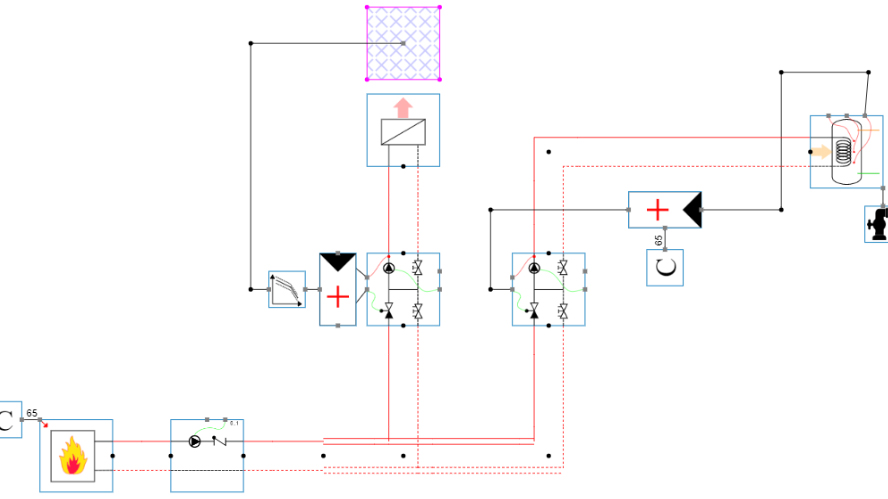Designing Smarter Starts With Designing Earlier
In many HVAC projects, design exploration begins too late. Tight timelines, shifting requirements, and fragmented workflows often push engineers to commit to a concept before fully understanding how it will perform under real operating conditions. This increases the risk of redesigns, cost overruns, and performance setbacks.
Early exploration solves this problem. By evaluating multiple configurations at the beginning of the design process, engineers gain clarity, confidence, and the flexibility to make better choices before constraints lock in.
Preventing Problems Instead of Reacting to Them
Most performance issues aren’t caused by poor engineering — they’re caused by insight arriving too late. A design that looks efficient on paper may behave very differently once connected to real-world loads, temperature profiles, or seasonal conditions.
Early exploration allows engineering teams to:
- identify bottlenecks before they harden into design constraints
- optimise ΔT behaviour early in the process
- assess plant and control interactions
- predict key parameters like flow rates, energy use, and CO₂ impact
Instead of reacting to surprises during installation or commissioning, engineers prevent them altogether.
See how early design exploration eliminates downstream risk ›
Maximising Optionality Without Slowing Down the Project
When exploration happens early, it becomes easier — not harder — to evaluate more options. Simulation tools enable rapid scenario testing without rebuilding spreadsheets or recalculating every parameter from scratch.
This helps teams compare:
- different heat source configurations
- hydronic layouts and operating temperatures
- alternative pump selections
- variations in control strategy
- seasonal performance patterns
The earlier these insights appear, the more freedom engineers have to optimise both performance and cost.
Stronger Stakeholder Alignment From Day One
Clients and contractors make faster decisions when they understand the full picture from the start. Early exploration gives them that clarity by turning potential design paths into visible, validated performance scenarios.
This reduces:
- back-and-forth discussions
- misaligned expectations
- late-stage objections
- uncertainty around investment choices
Stakeholders gain confidence. Engineers gain approval — sooner, and with fewer revisions.
Designing With Confidence, Not Assumptions
Early HVAC exploration lays the foundation for predictable outcomes. It ensures that systems are shaped by data, not by constraints imposed too late in the process. With clear insights from the beginning, engineering teams deliver designs that perform as intended, meet sustainability goals, and stand up to scrutiny across every stage of the project.
Discover how early exploration strengthens HVAC design quality ›
FAQ: Early HVAC Design Exploration



.jpg)
